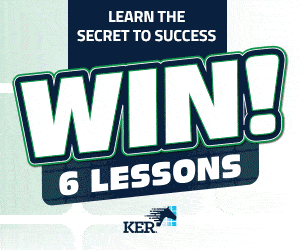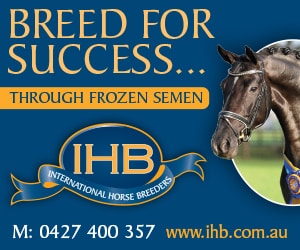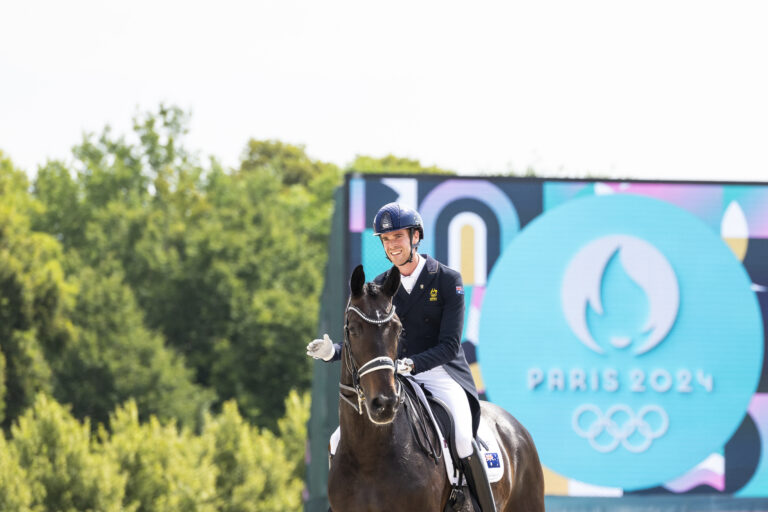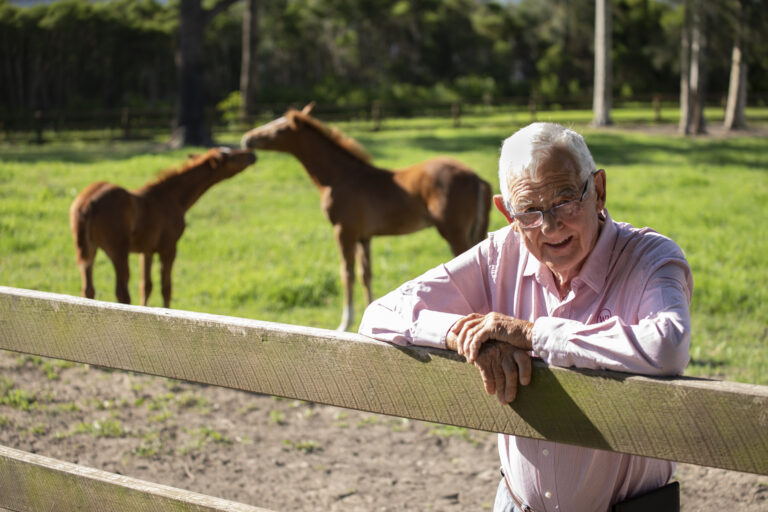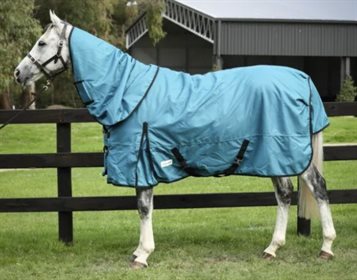Barastoc 50 years on…
The show known as The Greatest Show on Turf will run for the 50th time in February 2018.
It’s gone into the Australian vernacular, known simply as “Barastoc” a noun describing a show that has led the way from the first time it was held as a fill-in section for the Australian Showjumping championships at Olympic Park.
The brainchild of Equestrian Federation committee men Pater Gahan, who was the manager of the company, and veterinarian Fred Wiltshire the idea was to give the saddle horse section more importance and to increase patronage of agricultural shows.
A point system was worked out and the highest placed horse, Galloway and pony got to compete, and were considered to be the top ten horses in the state.
They worked around the huge showjumping fences, while the riders for that event walked the course, with the first winners being Margaret MacIntyre’s Birrahlee Christoper, Beverley Thomas’ Shenandoah and Donnie Wilson’s Lure ridden by Malcolm Barnes.
Lure, a grey Thoroughbred, was to win four times, with only one horse matching that, Vicky Lawrie’s magnificent, Picasso.
Such was the popularity of the event, that in 1977 it moved from Olympic Park to the Royal Melbourne showgrounds, and organisers found that the desire of “show mothers” to have their offspring in the finals top ten, meant children were being kept from parties and other sports to go to every possible show, so the highest point system was dropped and one single championship got the animal into the preliminary classes.
In 1993 the show, which is always run in February, was held in the same week as the dreadful Ash Wednesday fires. More than 3,700 building were lost plus half a million animals and 130,000 firefighters fought the blazes.
The show went on, with many people finding it a relief to simply get away from it all and talk to others who understood.
By now, other states had copied the Horse of the Year format and Mac Greaves, EV committeeman and RAS ringmaster had his dream come true, and in 1985 the first National Show Horse titles were held.
The show was always prepared to add classes to include other horses, and in 1986 the popular Shetland saddle pony was added, and Stock Horses, flag and Barrel and harness joined the program. In 1990 small pony 12hh and under, because the committee felt there was a distinct change of type with small ponies.?The show had grown so big that the Royal Melbourne Showgrounds was packed solid, and the organisers fearing what might happen if a fire broke out took the brave step of moving it to Werribee Park National Equestrian centre. There were cries that it would never be the same, but people quickly found the benefits of space to move plus the chance to add more classes much to their taste.
In 1993 the committee began to lock horses with the national show horse group. While Barastoc had good numbers in a 12hh small pony, other states could not match it, and with the show horse now running a National title they insisted the class change to 12.2hh. Much against their wishes they agreed and the small ponies were again left out in the cold.
The long-time much loved ringmaster, Peter Gahan decided it was time to hand over the reins and Fran Cleland took over.
In 1994, the Silver anniversary show offered magnificent prizes for the open horses of overseas trips, and the Newcomer classes began. They were intended to protect young horses and ponies so these did not find themselves competing at a Royal Show, long before they were ready.
There were many additions in breed classes, with, Stock Horses APSB, Welsh and Riding Ponies having their own sections, supported by the committee’s beautiful Barastoc sashes and the flag racing people had their own area while the showjumpers competed on the sand arenas.
In 1998 the Barastoc show again led the way. A section was added that is now seen at every horses of the year, every royal show and every agricultural show. The Show Hunter, designed for the traditional type of horse and pony that was for the time being relegated by the popular taste for finely built horses and ponies.
There were 200 entries in the first year and today show hunters are every bit as popular.
Always brave to do what is right, the committee introduced modern safety helmets in 2000, and the “show Mums” yelled about what they would do with their young girl’s hair… once again leading the way. Today all riders wear helmets, even in the famous Garryowen turnout class.
In 2000 once again a new section, the Owner Rider classes were introduced, for people who weren’t professional and had to fit their horse shows in with full time jobs and these were instantly successful.
In 2002 it became too difficult to find the amount of prizemoney wanted by showjumpers so it was dropped and in 2003 rider classes were added to the program.??2004 was exciting, with the International Challenge added. Hacks Galloways and ponies that qualified the previous year were invited to compete under lights in a decorated arena two, riding to chosen music, with spectators enjoying dinner, and an English judge to officiate.
It value added to entering for the show, as entry was free, and the trophies given were magnificent.
In 2006, showmanship classes for young riders that showed horses in hand, showjumped and did a dressage test were added and the winning youngsters rode as a team against New Zealand. The National Show Horse Committee decided that Barastoc would no longer be the state qualifier for the national titles, but it made no difference to the shows attendance, possibly because it offered so many classes and was really the show horse people’s holiday. A separate state qualifier was run so “showies” had two big shows to go to.
In 2007 traditional hunting added colour a very big in hand section was added and childs show horse classes, plus senior classes for show horses over 12 years were added.
The courage of the committee showed in 2008 when they decided that, more than seven months after EI broke out and all horse movement was blocked they would still hold the show.?It was the biggest ever with so many happy people with trade stand packing the grounds, and 130 show hacks graced the polo arena.
In 2009 the show again found itself the same week as Black Saturday, another tragic week of fires. There were some that said don’t run, but previous experience told the organisers people needed something normal, and they were proven right.
In 2010 the show ran over a massive five days and had two ringmasters with Fiona Mardling running the show horse ring, and Fran Cleland looking after the rest. Events included all the breeds, the traditional hunting, pure dressage, showmanship and the International challenge.
2012 was possibly notable for the fact that for the first time in 40 years there was not a Cleland on the organising committee. Reg and Fran Cleland had been with the show from the beginning and saw it through from being a three class competition at Olympic Park, through its Royal Melbourne Days and the big move to Werribee Park.
2013 and the show moved from its traditional home on the polo field to the all-purpose area near the trees and in 2015 the show was taken in a new direction, run solely as the State qualifying show, with many classes dropped.??Now in 2018 the 50th running of a truly great show will take place, unique in that it has had the same sponsor for the whole time, that it has paved the way introducing so many classes copied by others, and produced so many magnificent horses.
Find out more here.



